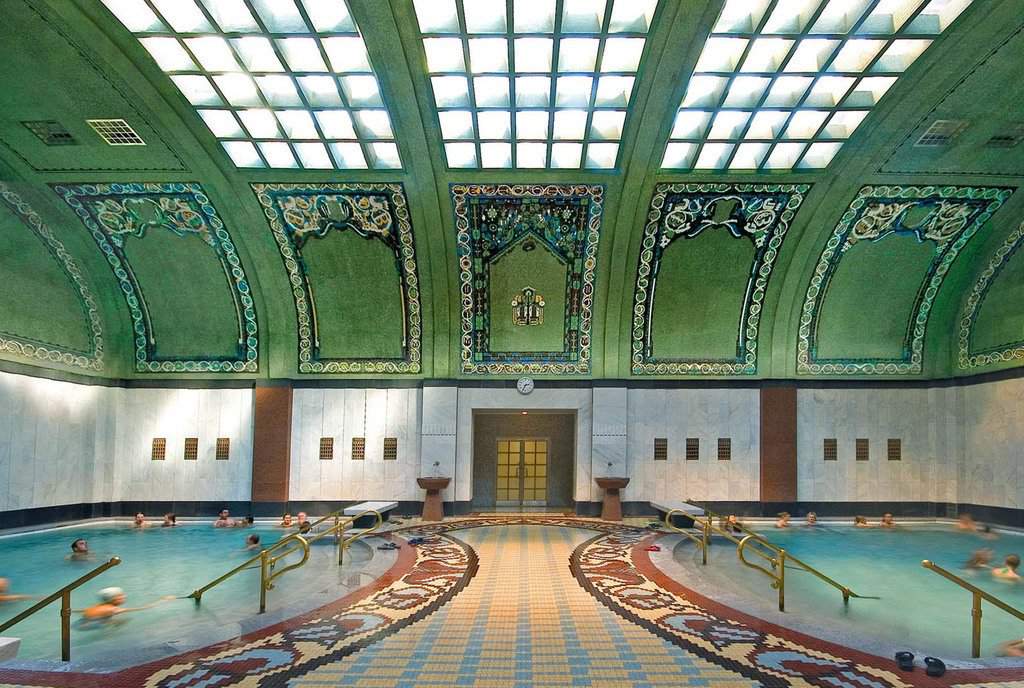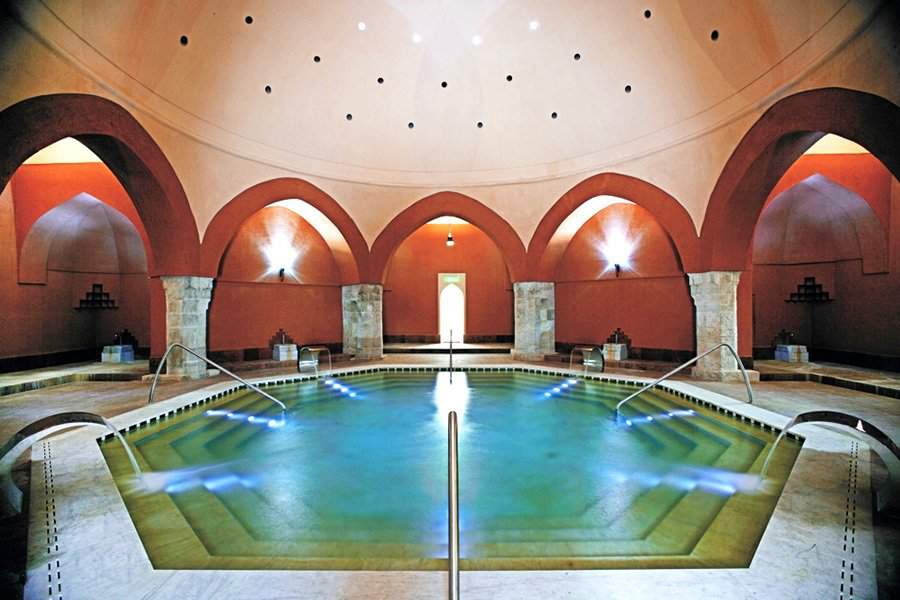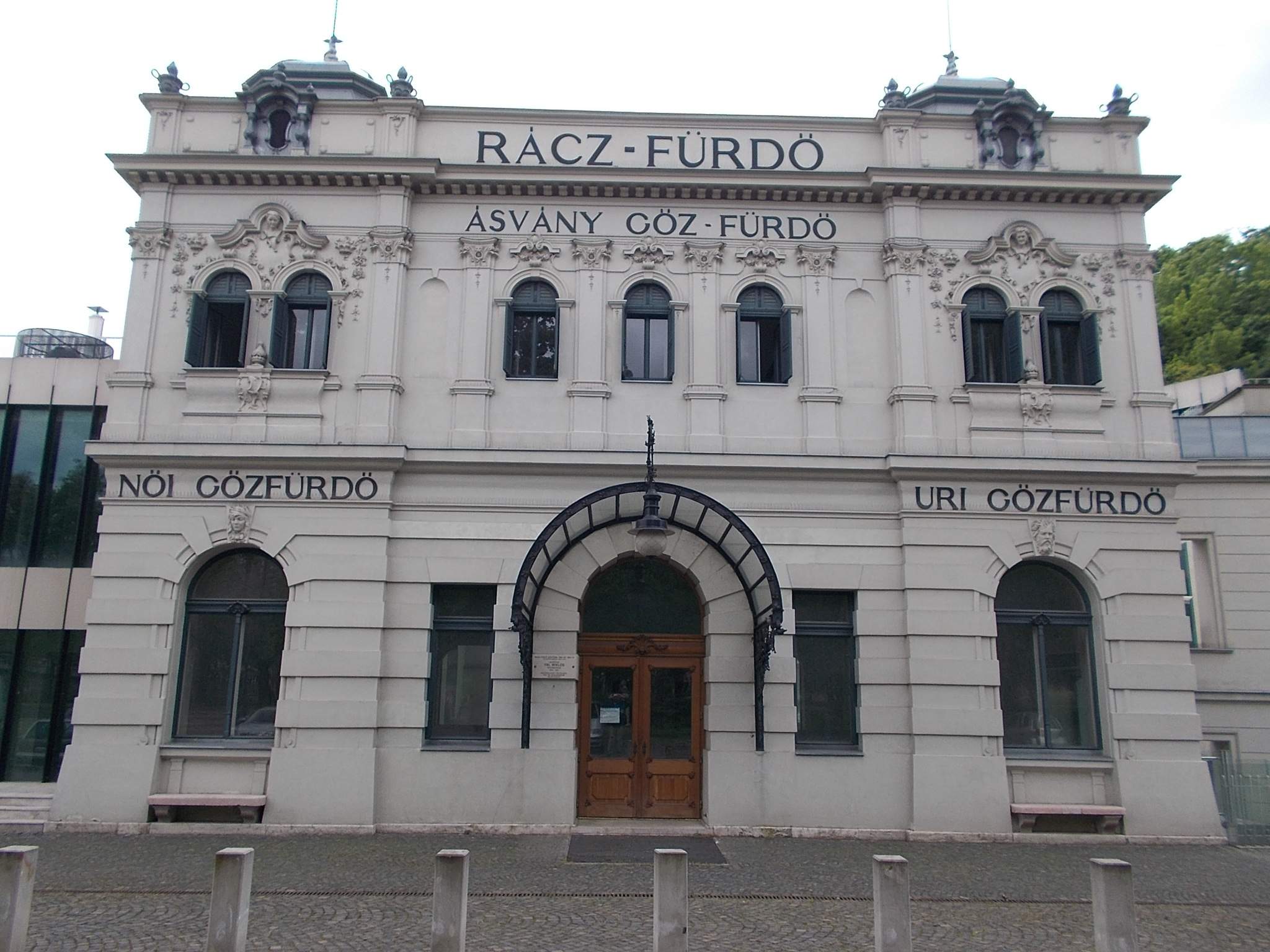The gorgeous architecture of the baths in Budapest

Termalfurdo.hu collected some of the Budapest-based baths to prove these places are not only beneficial for your health and senses but, thanks to their architecture, they are also visually pleasing.
- Gellért Thermal Bath
The elegant Gellért thermal bath has been around for centuries, giving bathers a pleasant place to enjoy the benefits of mineral-rich water. Originally it was named as Sáros bath, but it was broken down in 1894 due to the construction of the Franz Joseph Bridge. In that place was the Gellért Hotel and Thermal Bath built in 1914, based on the design of Izidor Sterk, Ármin Hegedűs, and Artúr Sebestyén.

It was the first luxury facility of the capital city and was regarded the most modern thermal bath of Europe back then. The then unique wave and the effervescent baths were added to the complex later, but the bath went under serious damages in 1945. The parts facing the Danube were only renovated in 1961, and later the hotel was modernized in 1980.
- Széchenyi Bath
Formerly known as Artézi Bath, the Széchenyi Bath needed to go through a major expansion by the end of the 19th century due to the high interest of people who wanted to be healed here. Győző Czigler was asked for the job and he made the new design combining traditional and neo-baroque style architecture.

The frontispiece, the entrance dome, and the wings on both sides elevate the whole bath above Városliget, the biggest park of Budapest, and make it an elegant palace. Already when it was built the bath had several indoor pools offering waters at different temperatures. The outdoor pools, however, were added to the bath during the 1920s based on the design of Imre Francsek.
[button link=”https://dailynewshungary.com/escape-budapests-hustle-bustle/#comments” type=”big” color=”orange” newwindow=”yes”] But if you want to escape Budapest’s hustle…[/button]
- Császár Bath
The original building of Császár Bath became the victim of a fire in 1669 and was seriously taken care of again only in the 19th century. It was only renewed partly until 1841, when it was decided that a full-on reconstruction was needed. József Hild was in charge of recreating the building: he kept the former Turkish building and incorporated it into the new one.

It even operated as a wonderful entertainment venue, for bathers could enjoy the music played by the military band from morning till dawn. For a long time Császár Bath was the most famous and most popular bath of Hungary, but the later reconstructions cleared away many of Hild’s design. The thermal yard and the basis of the pools are still of Hild’s plans though, and the remainders can be found in the building of the Irgalmasok Veli Bej Bath.
- Rác Bath
One of the great bath architects of the 19th century, Miklós Ybl reconstructed the former Turkish bath while keeping as much of its atmosphere as possible to create the Rác Bath. He thought that the elements of healing, resting, and sophisticated relaxation were intertwined with respecting history and traditions.

Ybl focused a lot on the lights to ensure that the pools are lighted properly and the romantic and neo-renaissance parts of the bath were implemented in two phases: in 1865 and 1870. Unfortunately, only 30-40 per cent of the romantic and lacy Ybl-designed dome and hall could survive the damages of the 20th century. The bath went through a great reconstruction in the 2000s but, due to legal problems, it is currently closed.
Photo: pixabay
Ce: bm
Source: termalfurdo.hu





